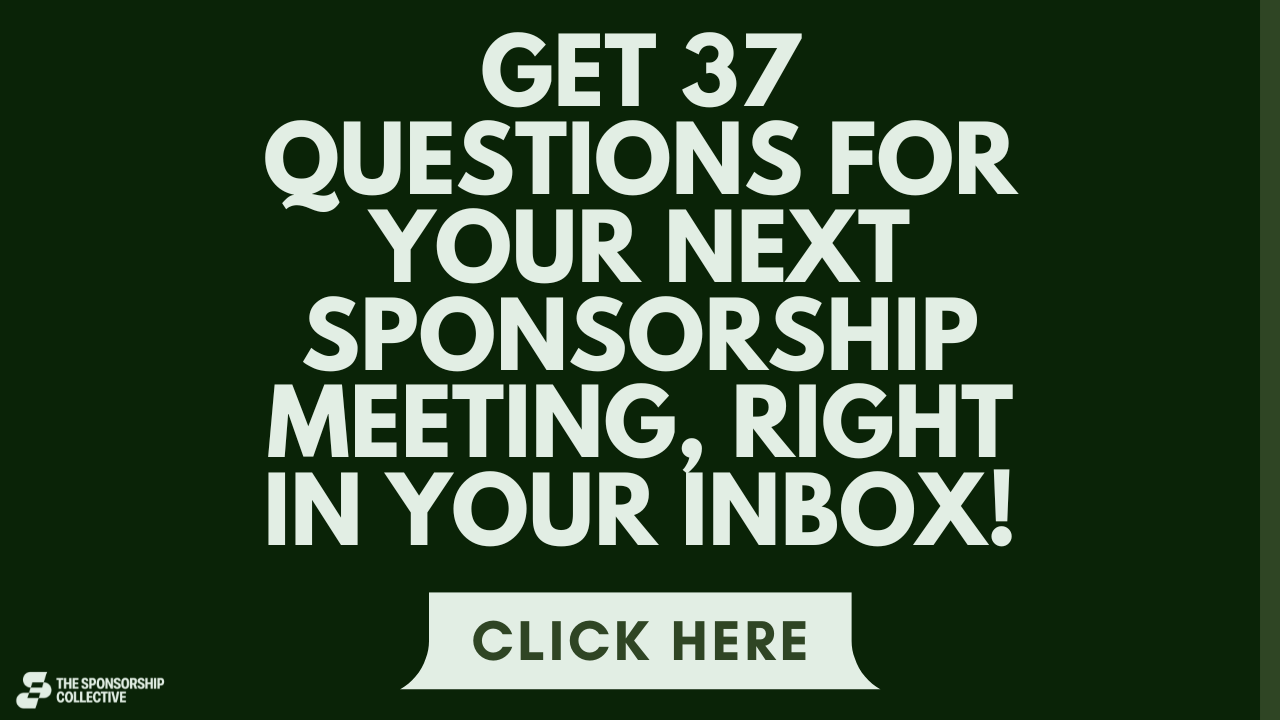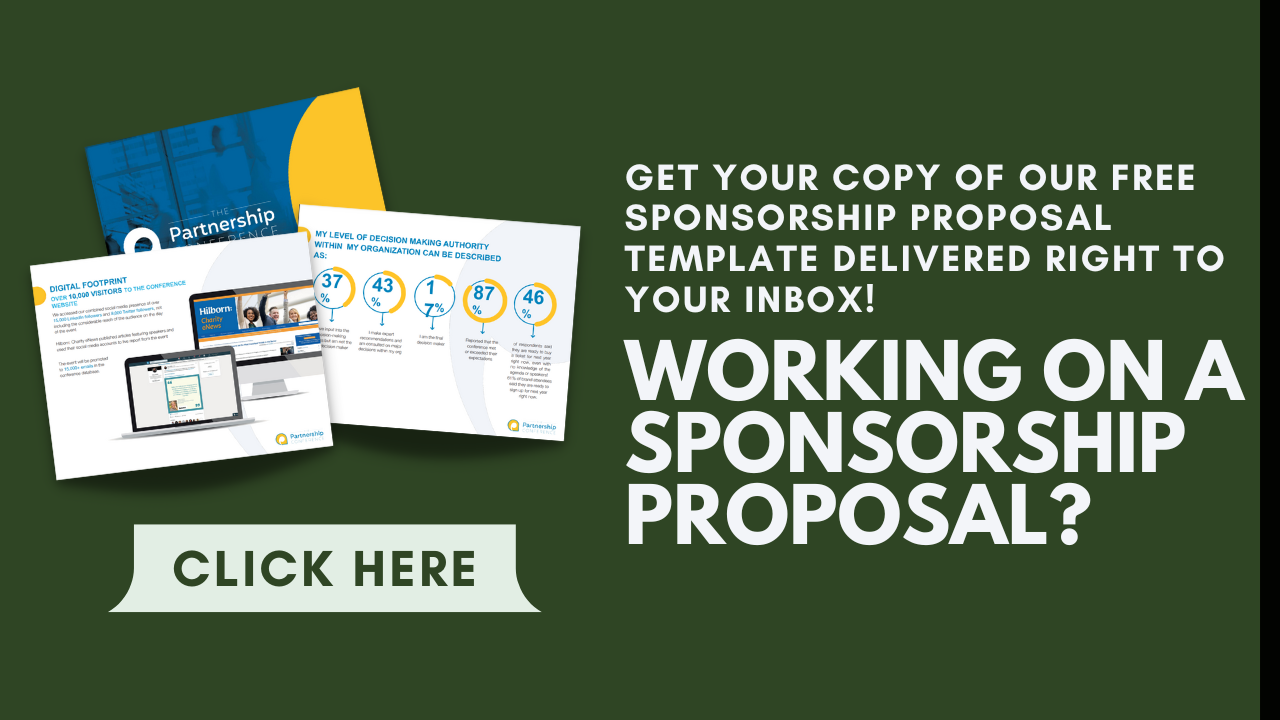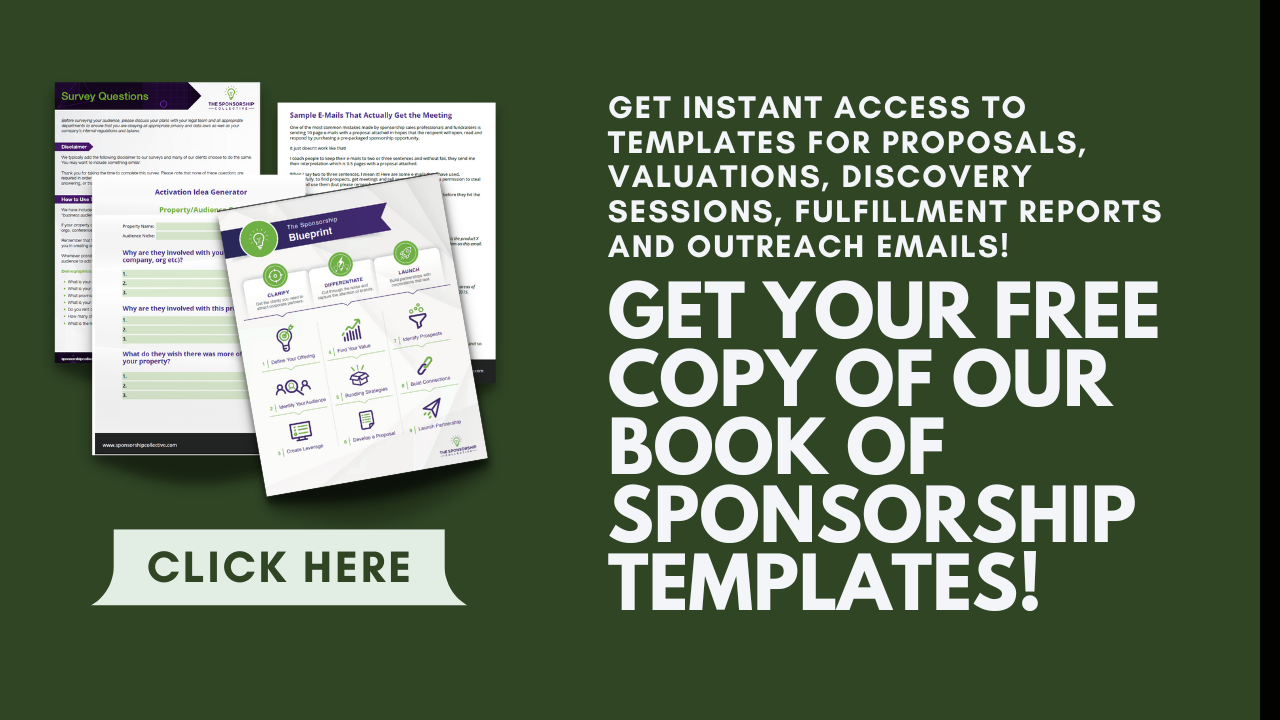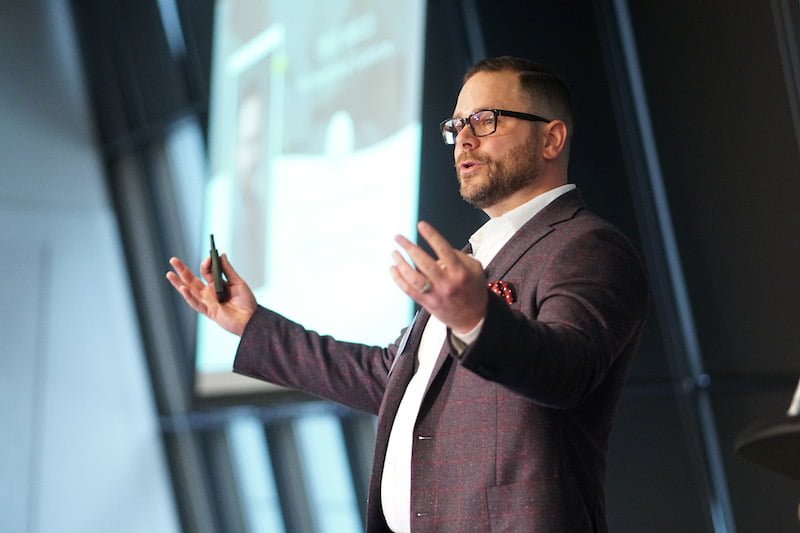You followed my guide to podcast sponsorship and got your sponsorship program off the ground, at least somewhat. You easily compiled lots of assets, but you have no idea how much to charge for them. What’s the right amount?
You have three methods for pricing podcast sponsorship: CPM, CPA, or market valuation. The former two models provide fixed pricing while a market valuation allows you to customize your pricing based on the value of your asset.
If you’re still a little confused, that’s okay. Ahead, I’ll talk in far more detail about the steps you need to follow to properly price your podcast sponsorship assets.
Before you dive in, if you are interested in podcast sponsorship, check out these titles in our “sponsorship for podcasters” series:
- Sponsorship for Influencers
- Podcast Sponsorship Opportunities: 5 Examples of Sponsorship Done Well
- The Complete Guide to Podcast Sponsorship
- How to Create a Podcast Sponsorship Agreement
- How to Get Sponsorships for Podcasts: 6 Steps to Success
- How to Create a Podcast Sponsorship Proposal That Sponsors Will Love
- How to Market Your Podcast
- How to Grow a Podcast
- How to Get Sponsorship for your Youtube Channel
Podcast Sponsorship Pricing – How to Set the Right Cost
Valuating your assets is something that first-time sponsorship seekers either struggle with quite a bit or not at all. Whenever a client of mine breezes through their asset valuation, I’m always dubious. It usually means they’re taking the wrong approach because valuation is a precise and admittedly time-consuming process.
In this section, let me break it down into three steps so your podcast sponsorship valuation can go smoothly.

Niche Down Your Audience
Here’s something I always tell my clients, so I want to share it with you as well. When a sponsor chooses to work with you, it’s not so much you that they’re interested in, but your audience.
Although that can bruise your ego a little, it’s also an invaluable sponsorship tidbit.
Once you know your sponsor is interested in your audience, you can use your audience as an asset to entice the sponsor and hopefully secure a deal.
That will require detailed research into your listener groups through an audience survey. I’ve talked extensively on this blog about issuing an audience survey; check out some recent posts for more information. You can also review my audience survey best practices here.
A few pointers for your audience survey: you need to incentivize your audience and give them adequate time to complete the survey, such as a couple of weeks.
The key is what you do with your survey responses. You want to use the data you have to create audience segments. Your audience will fit into a group, such as B2B or the general population.
The problem with that kind of segmentation is that your groups are too broad, way too broad.
One of my favorite quotes, especially when doing audience research, is “the riches are in the niches.”
The more you know about your audience, the more valuable they are. For example, let’s say you’re doing a food-based podcast and you partner with a meat brand. The meat brand also produces plant-based meat like Impossible beef.
You learn after the sponsorship arrangement that a subset of your audience is vegan. Had you known that before, you could have connected your audience with the sponsor more efficiently than you did. That’s why you have to niche down as much as humanly possible.
Here’s another analogy for you. Failing to do your audience research is like going to a jewelry shop looking to sell some jewelry but having no idea what it’s worth. You could get played or you might receive the proper value of your jewelry, but you wouldn’t know either way.
Choose Your Pricing Model
Okay, you took some time to do your audience research, so now you have to choose your asset pricing model. As I touched on in the intro, the most common podcast sponsorship pricing models are CPM and CPA, but you can also use market valuation.
I want to go through each of the three pricing models in detail so you can select the one that’s best for you.
CPM
The first podcast sponsorship pricing model is CPM, which is short for cost per mille. Mille is an Italian term that means 1,000, so you can think of this as cost per thousand. That’s how most people refer to it anyway, even if the acronym doesn’t match.
In podcasting, CPM applies to the number of people who download your podcast. According to advertising resource AdvertiseCast, in 2021, if your podcast earns 1,000 to 9,999 listeners per episode, you could charge $25 for a minute-long ad.
Of course, as a podcaster working with sponsors, you should do more than read paid ads on your podcast. The above was just an example on which to base your pricing.
You can also use CPM for other podcast-related sponsorship opportunities like social media impressions or video views.
I recommend the CPM pricing model in podcast sponsorship because it’s a good way to attach a tangible dollar value to your audience.
CPA
Another podcast sponsorship pricing model you can utilize is cost per acquisition or CPA.
I do want to be clear, this is cost per acquisition, not cost per action. Yes, the two metrics share the same abbreviation. Cost per action refers to how much money you earn when a customer takes a specific action, such as opting into a newsletter. You can use it elsewhere as a businessperson, but not here.
Rather, cost per acquisition is how much it costs to obtain a new customer or listener. This pricing model isn’t so much about you, but the sponsor.
If they’re paying you $5,000 and they get 10,000 new customers out of it, that’s a low CPA that was worth their money. If they spend $10,000 but only obtain 5,000 new customers, now the CPA is potentially too high. The sponsor will likely feel ripped off.
CPA is a good sponsorship pricing model because it indicates the sponsor’s ROI.
Market Value
Here’s a third podcast sponsorship pricing model to consider, and that’s market value. This is where you go through the list of assets you collected into a property and determine their value one by one.
I usually recommend the market valuation method for most sponsorship seekers, but if you’re into social media or influencer sponsorship, it’s not used quite as much as CPA or CPM.
You should never pull the prices of your assets out of thin air. Instead, you want to review market data to determine what a fair value for your asset would be.
For example, let’s say you did do a 60-second ad for the sponsor.
That’s not a high-value sponsorship opportunity, which you’ll see once you begin reviewing how much marketing firms or radio stations charge for such a service. You don’t have to discard the advertisement altogether, but it wouldn’t be one of your top-selling assets, that’s for sure.
You can also look at how your competitors price their assets, which will give you a baseline. If you thought an asset was worth $600 but one of your competitors priced a similar asset at $350 and another at $400, that’s indicative that you likely overcharged for your asset.
While it’s perfectly acceptable to take inspiration from your competition and market value when pricing your own assets, I must caution you against directly copying someone else’s numbers.
I talked about this in a recent blog post, which you can read here. The crux of it is this: not a lot of sponsorship seekers know what they’re doing when it comes to evaluating their assets. That means they’re just guessing.
When you copy a guess, you’re perpetuating that wrongness. Plus, many sponsors want to know how you arrived at your asset value, and it’s not like you can tell them you copied someone else.
Like I said before, use your competition as a baseline, but don’t necessarily trust in their numbers and certainly don’t use them verbatim.

Work with Your Sponsor
If you read my guide on podcast sponsorship that I linked you to before, then you’ll recall how I recommended taking a customized approach as you put together your sponsorship proposal. That includes your assets menu as well.
I tell my clients to add a small provision in their sponsorship menu that mentions how you’re willing to customize your assets with the sponsor’s involvement. What happens many times is that once you give the sponsor the green light like that, they will want to have a hand in which assets go into your sponsorship package.
My advice? Let them, but don’t sit there passively. You know the market value of your assets since you’re the one who valuated them. If a sponsor is undervaluing an asset, bring it up! They didn’t do the market research, so they might not know what the asset is worth.
That said, be flexible. If a sponsor gets excited about a few of your assets, that’s a great sign. It doesn’t mean the deal will go through for certain, but it’s a lot likelier to. Even if you have to discard a few assets your sponsor is less than thrilled with, where you are now is in a good spot.
What Are the Most Valuable Sponsorship Opportunities?
I’ve harped on podcast advertisements as a sponsorship opportunity several times throughout this article. A 60-second ad where you read about the sponsor is the equivalent of a branded logo at an event. They’re both very low-value.
Which sponsorship opportunities should you focus on instead in your podcast sponsorship program? Here are my suggestions.
Guest Speakers
As a podcaster, who doesn’t love having a guest speaker on the show? It’s a chance for you to take a step back and let someone else do all the talking. For your podcast sponsorship opportunity, perhaps you invite a well-spoken member of the sponsor company or one of their representatives.
Strive to have a candid and engaging conversation. I recommend planning talking points ahead of time to prevent dead air. If you’d rather do a sit-down interview, then outline your questions and send them to the sponsor before the interview.
You want to take this unique opportunity to talk about what the sponsor company does, what they’re trying to give back to the world, and what their future plans are. Maybe the conversation is all about a new product or service, or perhaps it’s a discussion on the company in general. Don’t be too salesy though!
Product Placement
Okay, so product placement is technically advertising, but it’s a more inventive means of advertising than reading a pre-written statement aloud during your podcast’s commercial break. You’re integrating a product or service naturally.
The keyword there is naturally. If your audience feels like they’re being sold to, then the product placement won’t work.
Contests
Here’s a way to connect your audience and your sponsor quite easily: host an on-air contest. Listeners maybe have to tune in at a specific time, follow certain social media accounts, or call into your podcast.
While people gravitate towards free stuff, they don’t want junk. The prize–which is usually provided by the sponsor–must be valuable to your audience. That doesn’t mean you have to give away a new car, but a prize that resonates with most of your audience segments will have a much bigger turnout.

VIP Experiences
Everyone loves feeling like a VIP, and you can help them with a sponsored VIP experience. Perhaps the winner gets a months-long supply of the sponsor’s products or services or some other special treatment.
Like you would when hosting a contest or giveaway, you can hype up a VIP experience for quite a while, getting your audience excited about the possibilities.
Conclusion
Valuation can snag up your sponsorship program, but it doesn’t have to. Now that you have several podcast sponsorship pricing models to choose from, you can create fair prices that your sponsors should agree on.
- About the Author
- Latest Posts
Chris Baylis is the Founder and Editor-in-Chief of The Sponsorship Collective.
After spending several years in the field as a sponsorship professional and consultant, Chris now spends his time working with clients to help them understand their audiences, build activations that sponsors want, apply market values to their assets and build strategies that drive sales.
Read More about Chris Baylis

